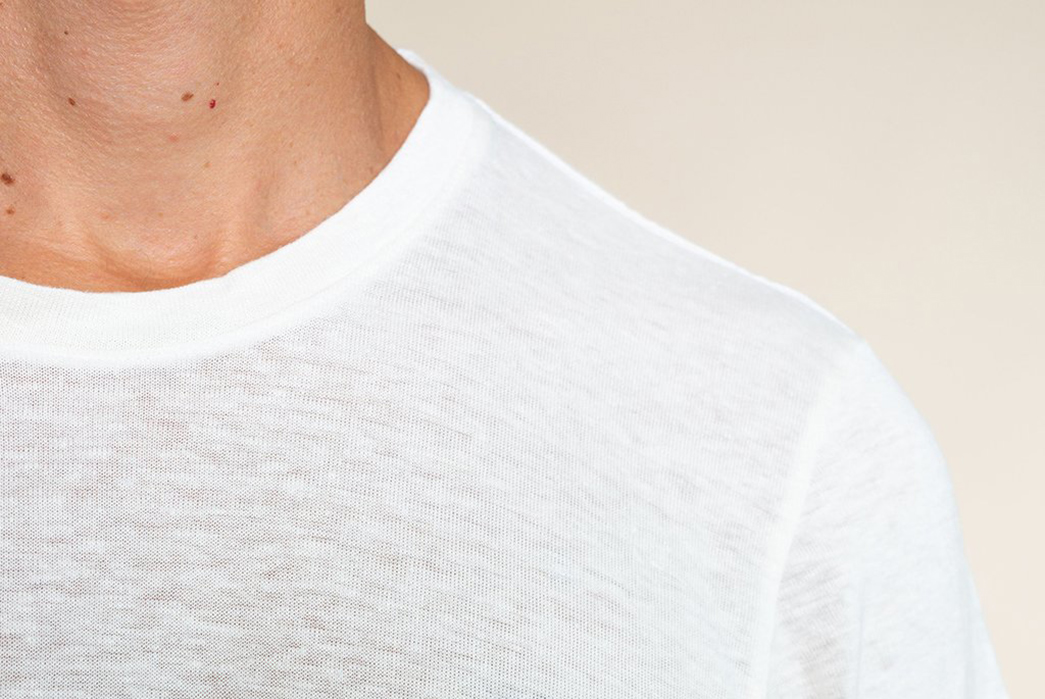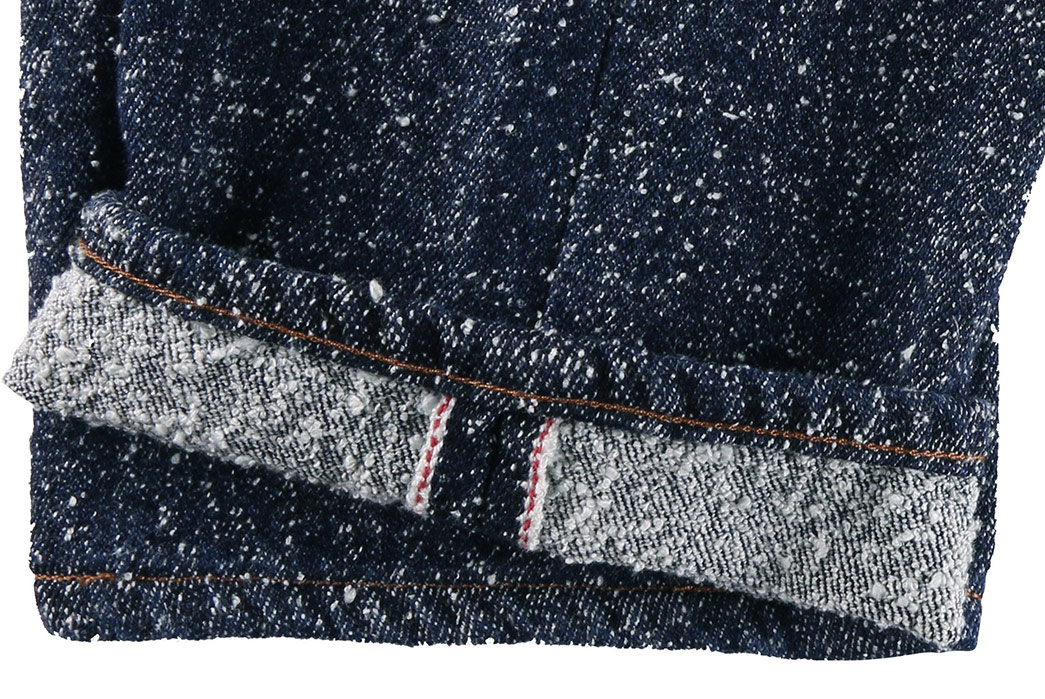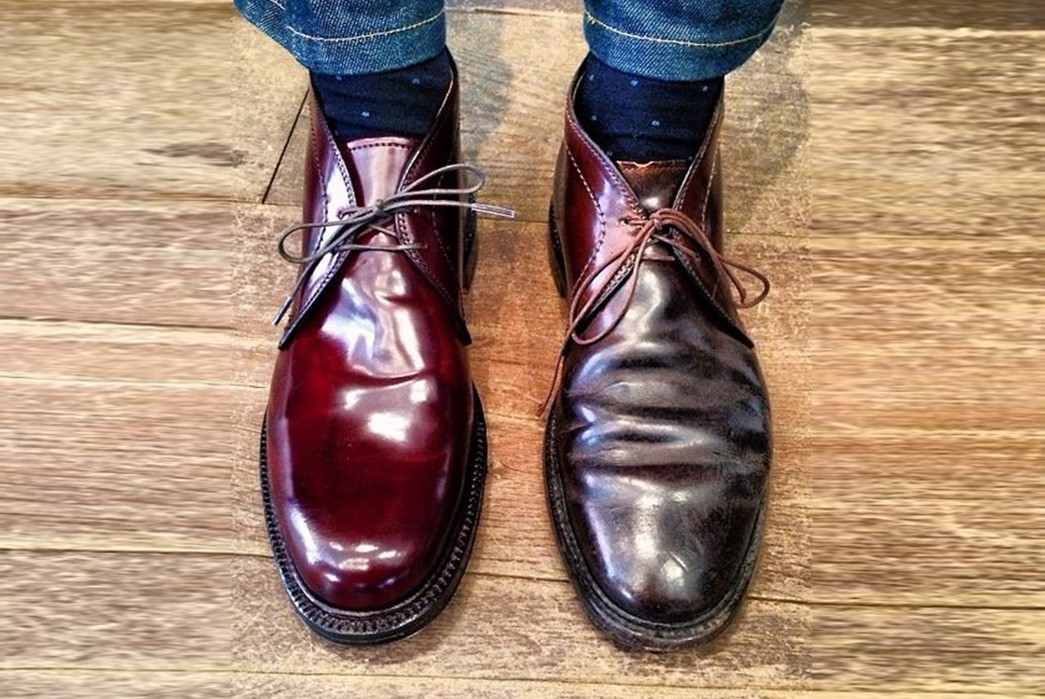- Heddels
- Posts
- Keeping Cool: A Guide to Summer Fabrics
Keeping Cool: A Guide to Summer Fabrics
Keeping Cool: A Guide to Summer Fabrics
We rundown the most common warm weather fabrics that appear in quality goods, from linen and seersucker to hemp, rayon, and beyond.
James Smith

The late Roy Ayers hit the nail on the head in 1976 with his famous song “Everybody loves the sunshine”. The smooth groove and enchanting melodies instantly conjure up memories of halcyon days spent relaxing in the sun. That said, it can be hard to love the sunshine if your outfit doesn’t keep you cool and comfortable.
With summer heating up in most parts of the northern hemisphere, we’re serving up a rundown of the most common summer fabrics that will keep you cooler in the sunshine, from nimble linens to breezy blends.
Linen
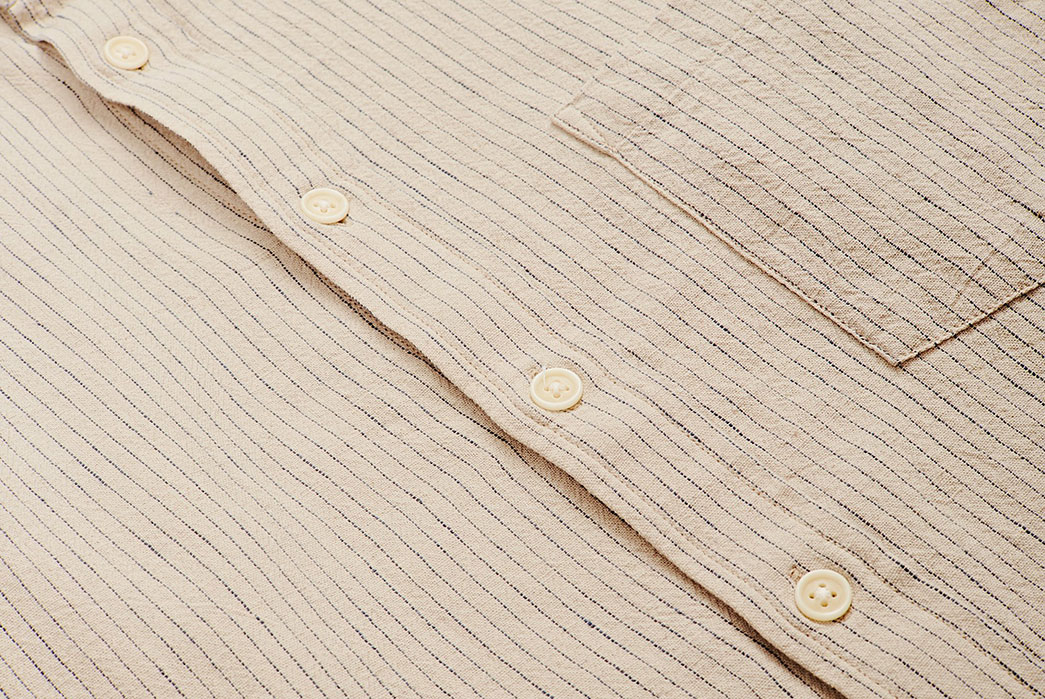
Image via Corridor NYC
Linen is the quintessential summer cloth. Made from the fibers of the Flax plant, linen is among the most breathable fabrics out there. The natural flaxen fibers are hollow, which allows linen to provide more airflow over your body than other materials. Contrary to popular belief, linen is also very easy to care for. It dries quickly, and any creases can be cured by simply dampening the garment and hanging it out to dry.
Beams Plus Open Collar Shirt Linen, available for $174 from Lost & Found.
Linen also scores high on sustainability. Flax plants are a resilient species that can grow in poor soils requiring little to no fertilizer, and linen production has been found to be significantly less water-intensive than other textile processes.
However, linen is also expensive to produce, so it will often be blended with cotton to create more affordable garments. But if you want something with superior breathability, go for a 100% linen piece.
UES 100% Linen Denim Work Shirt, available from Franklin and Poe for $315.
Delikatessen Zen Grandad Collar Shirt in Khaki Portuguese Linen, available for $147 from Delikatessen.
câbleami Linen Waffle Watch Cap, available for $75 from Rhythmic Tones.
Chambray
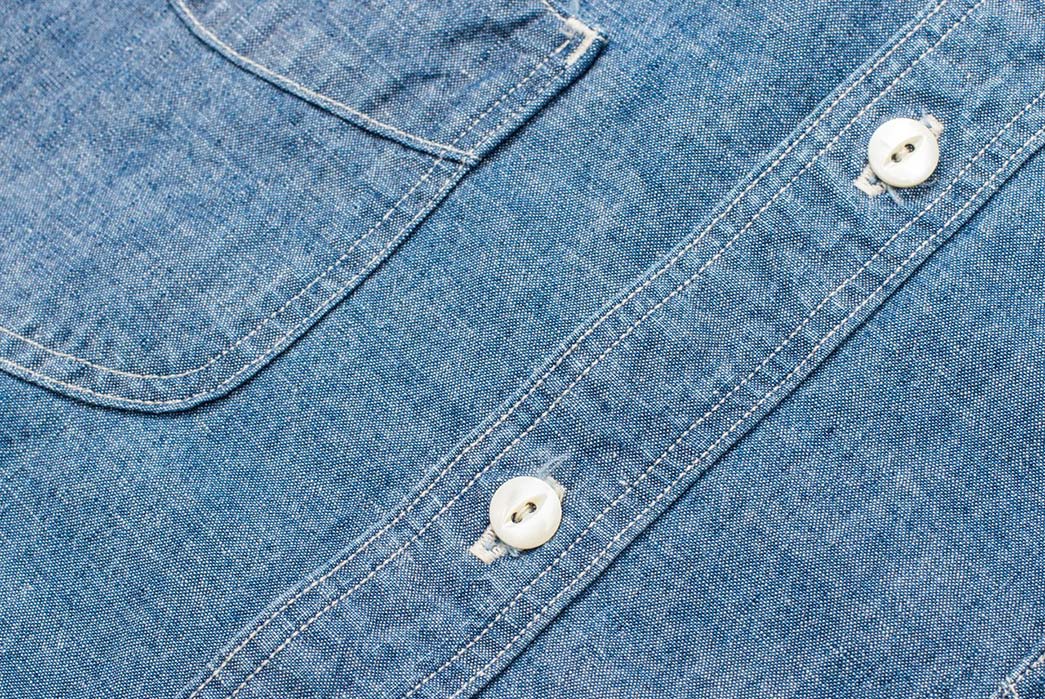
Image via Clutch Cafe
Originating in 14th century France, chambray is a plain weave fabric woven with a colored yarn (typically indigo/blue) in the warp and a white/natural yarn in the weft. This weave gives the fabric a unique heathered appearance that can resemble denim. Chambray is usually woven from cotton yarns, making it breathable and easy to launder.
Of course, chambray can be woven in different densities, but it is primarily woven into a lightweight cotton textile perfect for casual summer wear or layering in the colder months. Indigo chambray specifically is a great alternative to denim in warmer weather as you can still count on it to gain some solid patina. You will typically find chambray on shirting and lightweight jackets, but it can be used to make any garment.
Jelado x Clutch Cafe Vaquero Chambray Western Shirt Indigo, available for $270 from Clutch Cafe.
ONI Denim 022-SVCH 8.5oz Selvage Chambray Relax Straight Jeans, available for $237 from Blue Beach Denim.
Sugar Cane Fiction Romance 5oz Random Chambray Work Shirt (SC39512), available for $195 from Iron Shop Provisions.
Seersucker
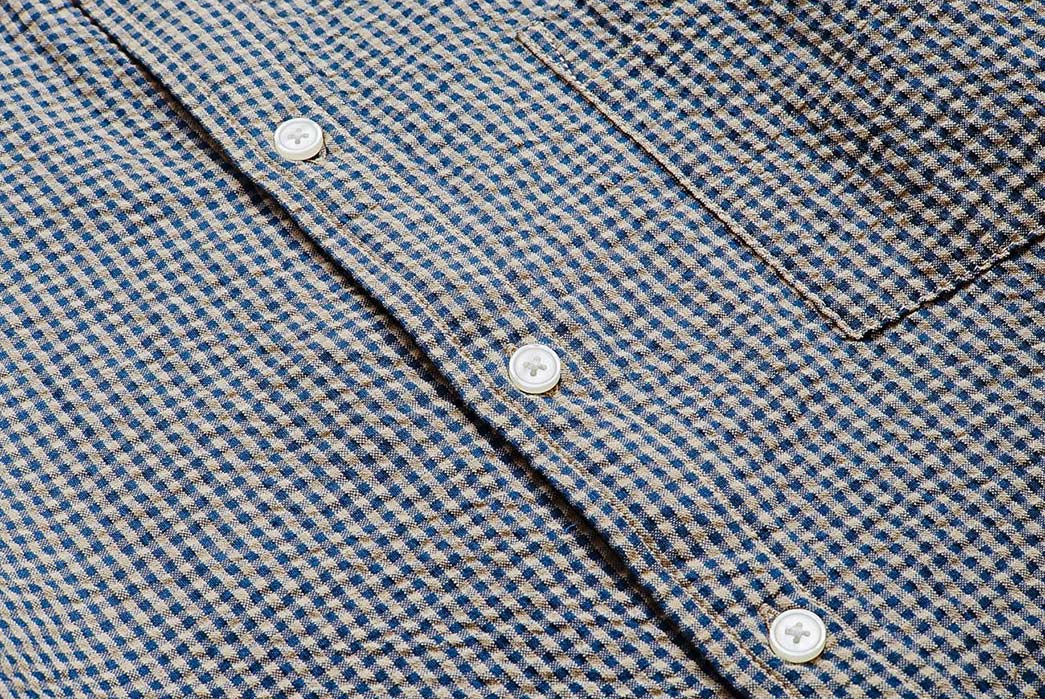
Image via Corridor NYC
Seersucker is a thin, puckered cotton fabric used to make clothing for spring and summer wear. The word originates from the Persian words shîr and shakar, translating to “milk and sugar”. This is probably because of the smooth and bumpy textures that appear on seersucker fabrics. Seersucker cloth is traditionally white and blue and made up of checks or stripes.
Corridor NYC Striped Seersucker Shirt, available for $203 from Lost & Found.
Seersucker is woven in such a way that some threads bunch together, giving the fabric a crinkled appearance. These crinkles can stop the fabric from clinging to the body, encouraging heat distribution and air circulation. They also alleviate the need for ironing, making seersucker garments easy to sling on and off in the summer without worrying about creasing.
As another lightweight cotton fabric, seersucker is comfortable, breathable, and drapes well. Some seersucker fabrics will be a blend of cotton and polyester. As a synthetic fiber, polyester will reduce the breathability of the fabric, so watch out!
Knickerbocker NYC Fulton Seersucker Shirt, available for $225 from Franklin and Poe.
Document Seersucker Deck Pants, available for $295 from Vestis.
Gauze
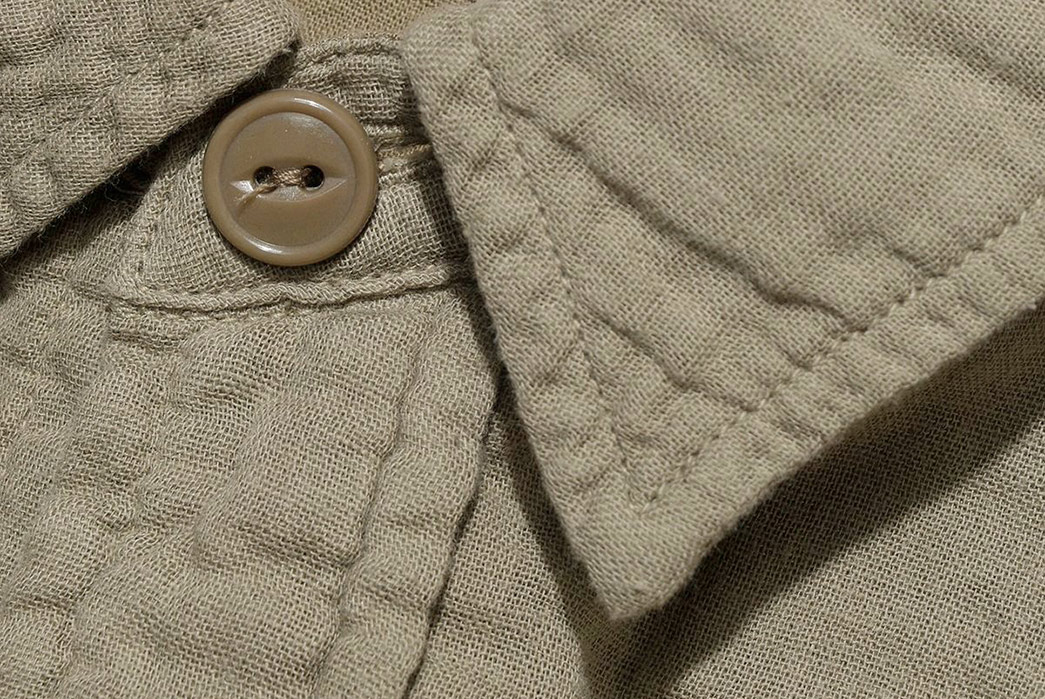
Image via Blue in Green
Gauze is a soft, lightweight fabric that provides great breathability through a loose weave. This loose weave is structured so that the weft yarns are arranged in pairs and crossed before and after each warp yarn, keeping the weft firmly in place, as per the below image.
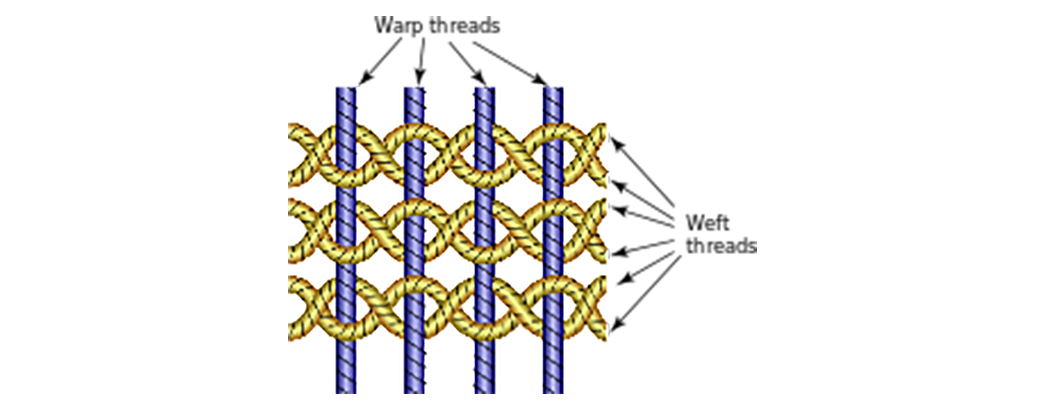
Image via Wikipedia
In garment production, cotton gauze fabrics are often doubled into a fabric known as ‘double cotton gauze’. Due to the incredibly loose weave, double cotton gauze is still one of the lightest materials out there.
KATO has heaps of double gauze shirts, available from $198 at Hiroshi KATO.
Hansen Garments Bobby Wide Pleated Trousers – Off White Gauze, available for $485 from Franklin and Poe.
Hemp
Widely touted as one of the most sustainable materials on the planet, hemp also makes for a lightweight, breathable fabric that is perfect for warm weather. As well as being weather-ready, hemp fabrics are strong, durable, and soften with daily wear.
Like linen, hemp is expensive and is often blended with cotton to make hemp fabrics more accessible. But as both hemp and cotton are natural fibers, blending cotton and hemp doesn’t compromise breathability.
Jungmaven 100% Hemp Longsleeve Tee, available for $110 from Jungmaven.
Rayon
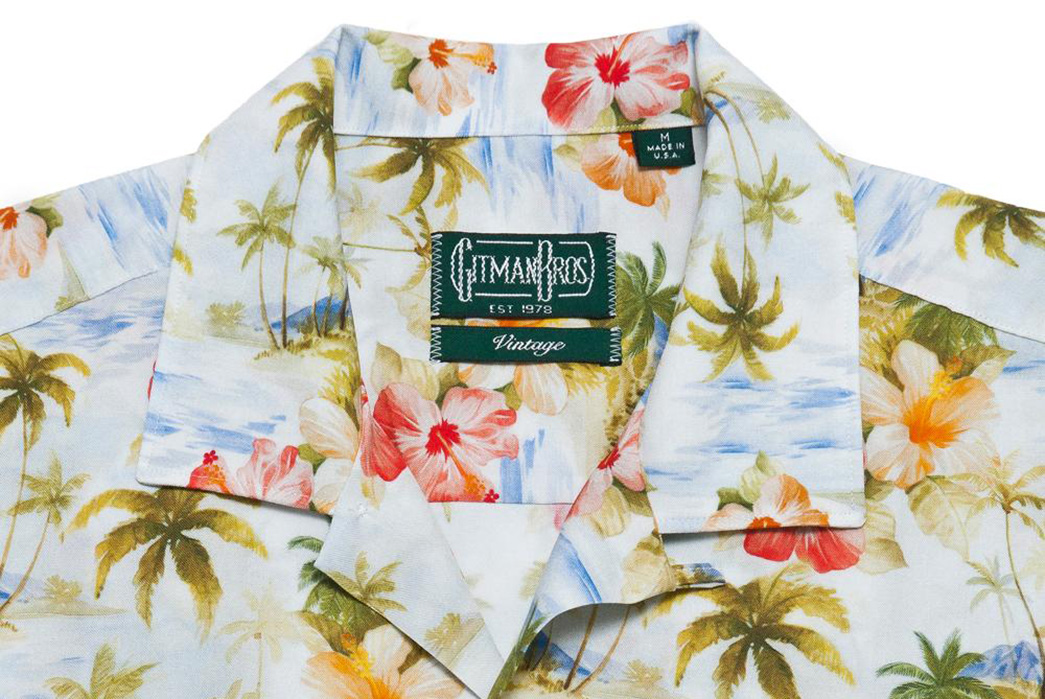
Image via Lost and Found
Invented by French chemist Count Hilaire in the late 19th century, rayon stands as the oldest manmade fiber. Introduced as an alternative to silk, rayon is a comfortable, lightweight fabric that often has a lively, crepe-esque texture. As rayon is thinner than cotton, it is often used to make lightweight summer garments, such as open-collar, short-sleeved shirts.
It is often disputed whether rayon is, in fact, breathable, but we have still included it in this list because of its use on ubiquitous summer garments like Hawaiian shirts and lightweight jackets. What we can say is that rayon will certainly perform better in dry heat, as it will not wick away moisture like an all-natural fiber such as linen or hemp.
Pherrow’s 100% Rayon Open Collar Shirt, available for $180 from Clutch Cafe.
Sun Surf 100% Rayon Shirts, available for $255 from Clutch Cafe.
Silk
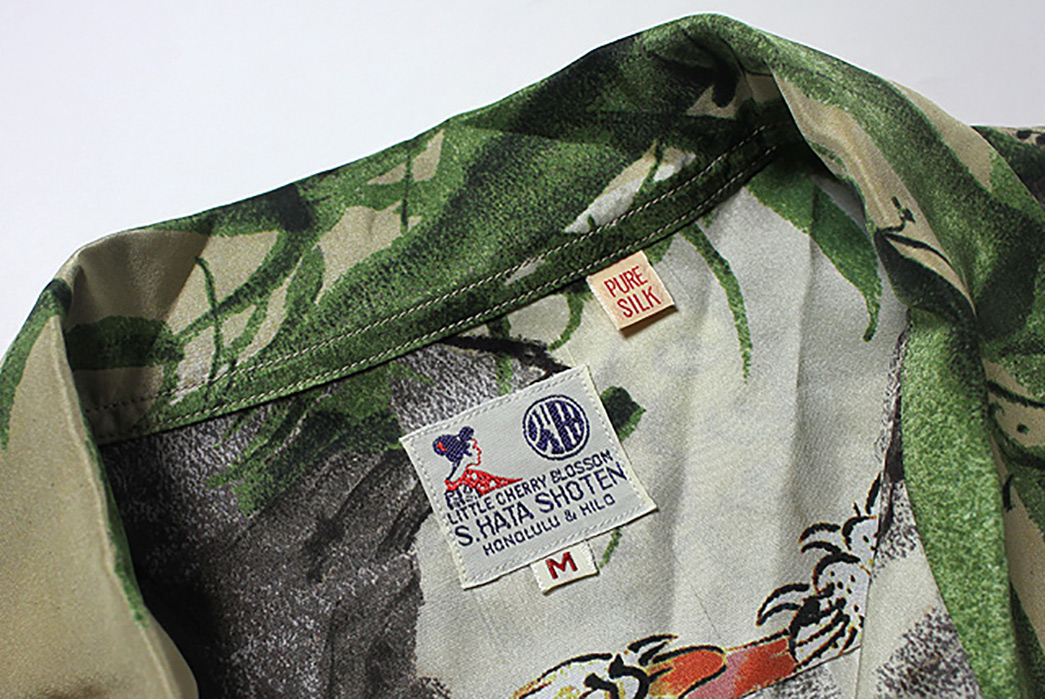
Image via Malo Polska Partnership
While silk is not as breathable as other natural fabrics, it is often used to make lightweight summer garments. Silk fibers are extremely fine and, like most fibers, they can be woven into different densities and weights to produce different grades of fabric. Lightweight silk fabrics are soft and delicate, making them perfect for open-collar shirts and other breezy summer garb.
Typically sourced from the natural substance woven by silkworms, silk is an extremely expensive fiber to produce. This means that in most instances, silk is blended with another natural fiber like linen or cotton.
3sixteen Bowling Shirt in Powder Blue Silk, available for $220 from Franklin & Poe.
Blends
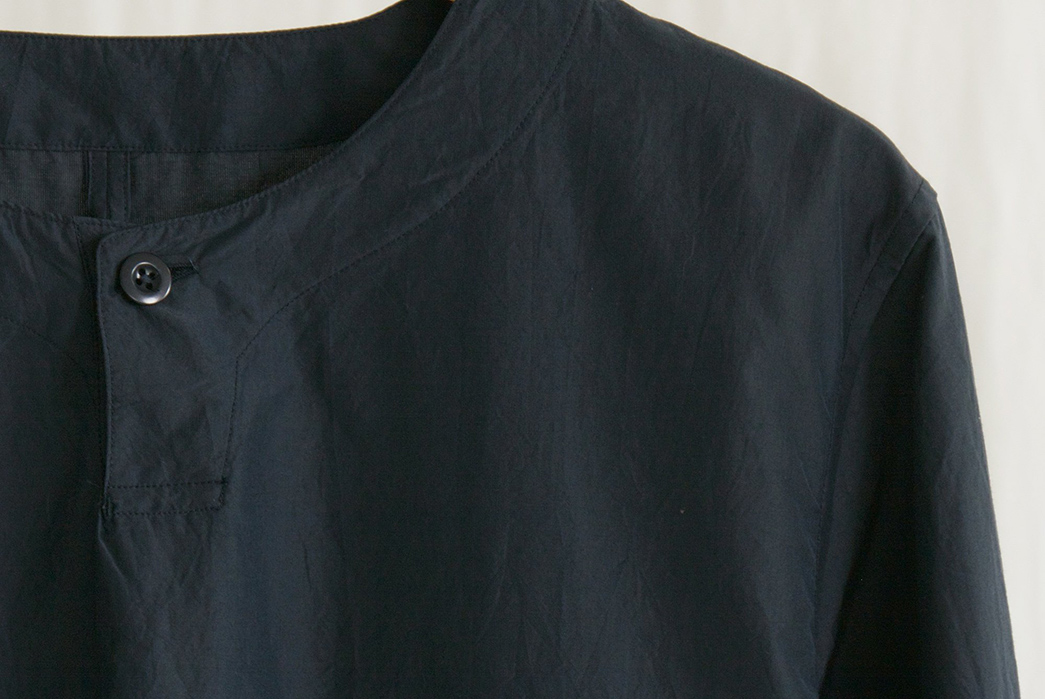
Image via Namu Shop
Blended fabrics merge the qualities of different fibers. Often, fabrics are blended to reduce production costs. However, blends like cotton-linen and hemp-cotton have performance qualities that can only be achieved by fiber blending. For example, blending cotton with linen allows the resulting fabric to take on the hardy characteristics of cotton, such as its ability to be ironed and resistance to hard water exposure, and the flaxen qualities of linen, like maximum breathability and strength.
American Trench Cotton Linen Tee, available for $68 from American Trench.
Naked & Famous Cotton & Silk Flannel Easy Shirt, available for $198 from Blue Beach Denim.
Benzak Denim Developers BDJ-T2 TYPE II JACKET 12.5 oz. natural indigo hemp selvedge, available for $245 from Benzak Denim Developers.
Like this? Read these:
What did you think of today's newsletter? |












